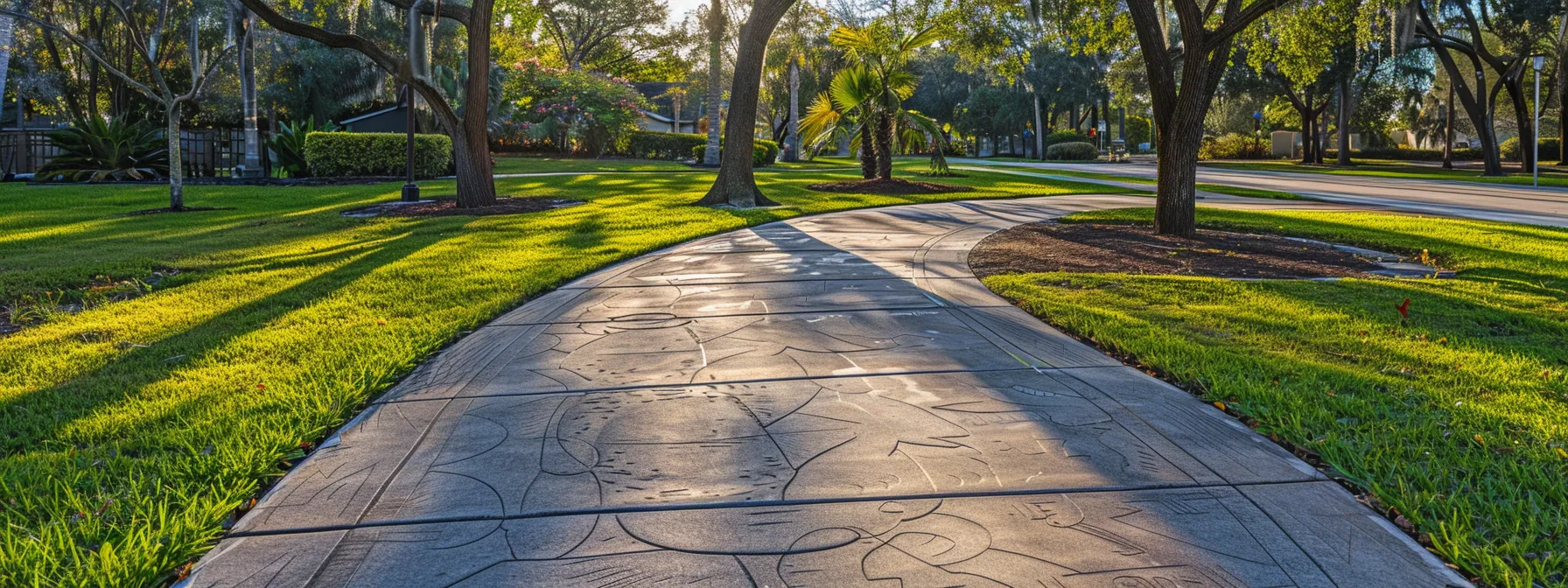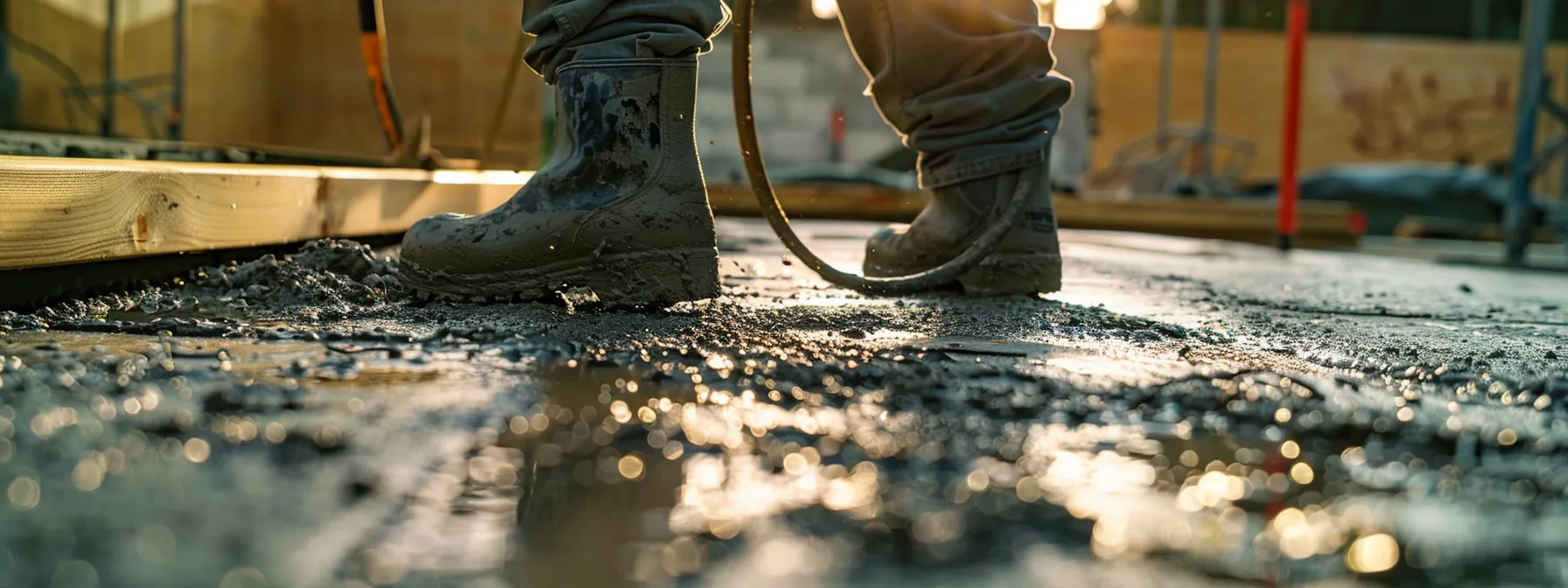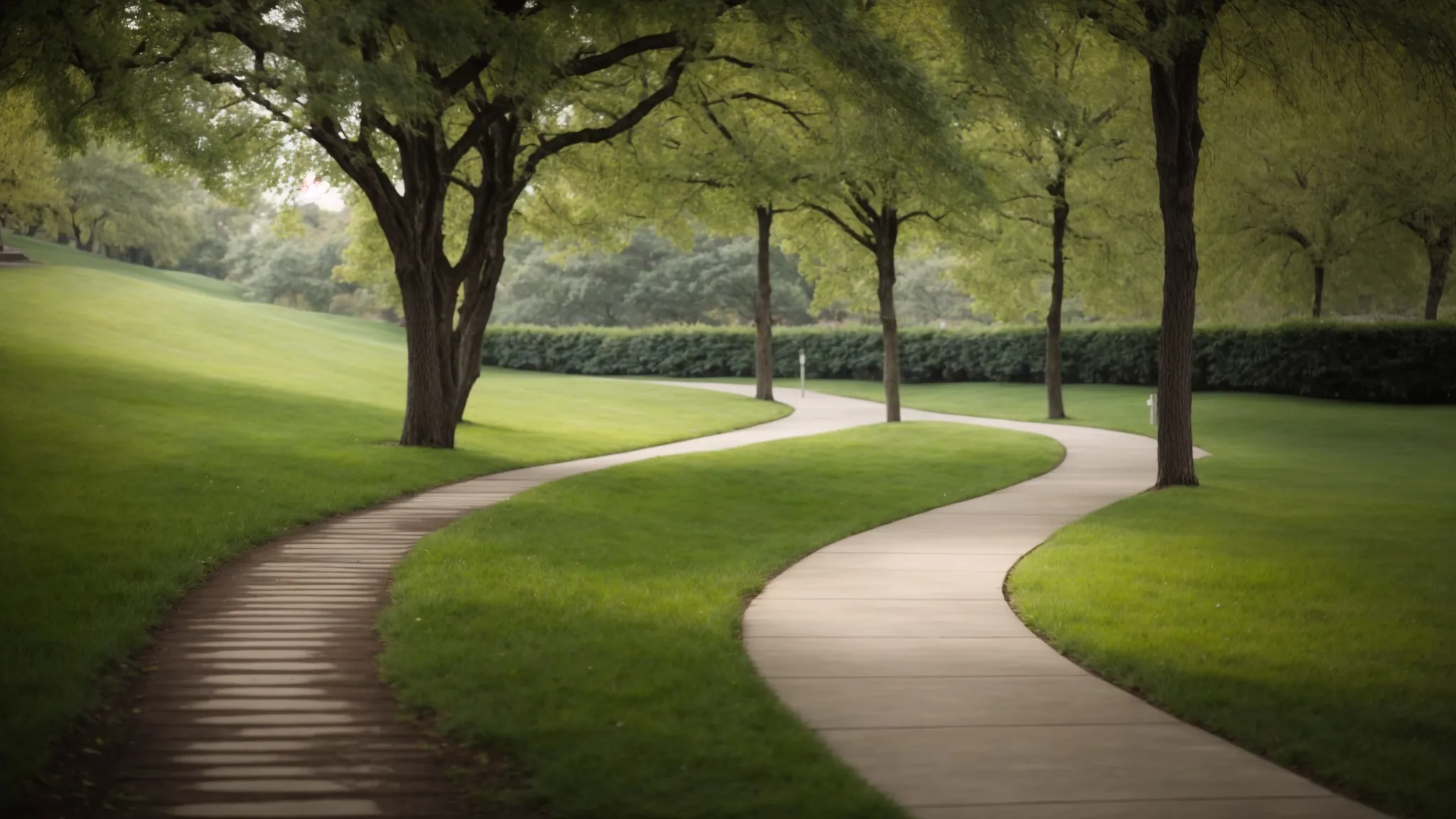The Foundation of Mobility: Why Professional Concrete Walkways Matter
Concrete walkways are more than just paths for travel; they are an integral part of urban infrastructure, influencing mobility, safety, and community connectivity. Professionally installed concrete paths ensure durability, permanence, and adapt to a variety of landscapes and urban plans. With skilled craftsmanship, they can also contribute to the aesthetic appeal of our cities and towns. As society moves towards more sustainable and accessible spaces, the significance of these pathways cannot be overstated. Below, we explore the various aspects that make professional concrete walkways vital for an efficiently functioning society.
The Role of Concrete Walkways in Connecting Communities and Enhancing Aesthetics

Concrete walkways are more than just practical installations; they also serve an important social function by connecting neighborhoods and fostering a sense of community. These pathways create physical links between homes, schools, parks, and business districts, encouraging interaction and enabling a tight-knit urban fabric. The ease with which residents can transition between different parts of the community can affect social bonds and community engagement.
Aesthetically, professionally installed concrete walkways can dramatically enhance the visual appeal of a neighborhood. Whether through stamping, coloring, or inventive design, concrete can be transformed to complement the surrounding environment. A carefully designed pathway adds charm and character to an area, making it pleasant and inviting for residents and visitors alike.
Professional installation ensures not only functionality but also longevity. The durable concrete walkways from Mike’s Concrete, for instance, are crafted to sustain the test of time and activity, thus enabling these community connections and aesthetic values to endure. These elements are vital for cultivating vibrant, inviting, and cohesive communities.
How Quality Concrete Walkways Enhance Public Safety and Accessibility

The significance of public safety in the design and construction of concrete walkways cannot be understated. Professionally crafted paths are engineered to minimize accidents and injuries, featuring non-slip surfaces and adequate lighting for nighttime visibility. They carve out safe routes away from vehicular paths, thus protecting pedestrians from potential traffic dangers.
Accessibility is another cornerstone of quality concrete walkways. Accommodating the diverse needs of the population, including those with disabilities, requires meticulous planning and construction. Elements such as curb cuts, proper grading, and smooth transitions are hallmarks of professional installation that promote inclusion and independence for all community members.
Fostering a sense of security and comfort, these walkways encourage more people to walk, which has broader health and societal benefits. Reducing the barrier to walking increases physical activity among the populace, contributing to overall public health. Knowing that one’s route is safe and navigable can spur confidence and independence in individuals, benefiting society as a whole.
The Long-Term Cost Efficiency of Professionally Installed Concrete Pathways

The initial investment in professionally installed concrete walkways is invariably returned through their long-term cost efficiency. Quality materials and expert installation minimize the need for frequent repairs or replacements. This longevity translates to cost savings for municipalities and property owners alike, since a well-laid concrete pathway will serve its purpose for decades with minimal maintenance.
Besides longevity, professional installers also use techniques to ensure the highest strength and resistance to wear, which are critical to maintaining functionality over time. They take into account soil conditions, weather patterns, and usage levels to select the appropriate concrete mix and reinforcement strategies. These considerations are essential in preventing premature cracking and other damage that may otherwise incur additional expenses.
Environmental Considerations in the Construction of Sustainable Concrete Walkways

In line with environmental concerns, the construction of sustainable concrete walkways has gained prominence. Professional installers are turning to eco-friendly practices and materials, aiming to reduce the carbon footprint associated with concrete production and installation. The use of recycled aggregates and the integration of green technologies in the curing process are just some ways the industry is adapting.
Professionally laid concrete paths contribute to the urban heat island mitigation by using reflective materials or incorporating shade-providing designs. These features help in reducing the demand for air conditioning in surrounding buildings, thereby cutting down on energy consumption. The careful selection of materials and construction methods demonstrates a commitment to sustainability without compromising on quality or durability.
Altogether, the expert planning and installation of concrete walkways are fundamental to our urban landscapes. These pathways are critical conduits for mobility, catalysts for community interaction, and pillars of economic activity, all while posing as canvases for beauty and self-expression. Professional concrete walkways stand not only as a testament to skilled craftsmanship but also as enduring structures that carry the weight of daily life and the aspirations for a sustainable future.




